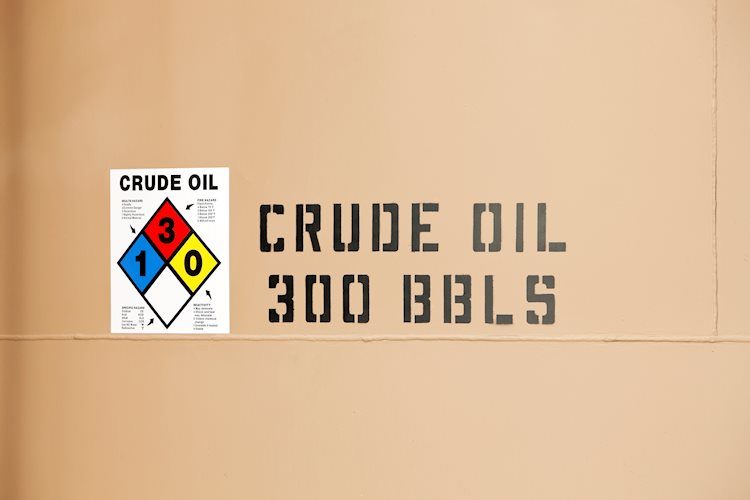Crude Oil has found some support and stabilization after hitting a weekly low of $69.15 on Thursday. The support came in part due to doubts surrounding Israel’s Prime Minister Benjamin Netanyahu’s promise to the US not to attack Iranian oil installations. Additionally, traders were encouraged by the American Petroleum Institute’s (API) surprise drawdown of 1.58 million barrels in stockpiles for the week ending on October 11, compared to an expected build of 2.3 million barrels.
On the other hand, the US Dollar Index (DXY) has broken above a key level as it approaches 104.00. The move comes amidst a volatile session ahead, with the European Central Bank (ECB) cutting rates by 25 basis points and expressing concern for downside risks in the Eurozone. In contrast, US Retail Sales exceeded expectations at 0.4%, indicating strong domestic demand and consumer spending.
At present, Crude Oil is trading at $70.00 and Brent Crude at $74.02. There is anticipation for the Energy Information Administration (EIA) to release their weekly stockpile change numbers for the week ending on October 11, with expectations for a small build of 2.3 million compared to the previous week’s 5.81 million build.
China has announced a 4 trillion Yuan support plan for its domestic housing market, causing some concerns in Asian markets after an earlier message of 6 trillion Yuan. Pressure is mounting on Israel’s Prime Minister to act on Iranian oil installations, with opposition leaders calling for immediate action. In addition, the EIA will release their stockpile data for the week, with expectations for a small build compared to the previous week.
Despite the various market movers and geopolitical tensions, Crude Oil is facing challenges in maintaining the $70.00 level. It will need to surpass pivotal levels at $71.46 and $75.28 to gain upward momentum. On the downside, support levels at $67.11, $64.75, and $64.38 will be crucial if the price continues to decline.
WTI Oil, or West Texas Intermediate, is considered a high-quality Crude Oil that is easily refined. It is one of three major types of Crude Oil alongside Brent and Dubai Crude. Global growth, political instability, OPEC decisions, and the value of the US Dollar are key drivers of WTI Oil prices. Inventory reports from the API and EIA also impact prices, with changes in supply and demand reflected in stockpile data. OPEC’s decisions on production quotas can also influence WTI Oil prices, with tightening supply pushing prices up and increased production leading to price decreases.































